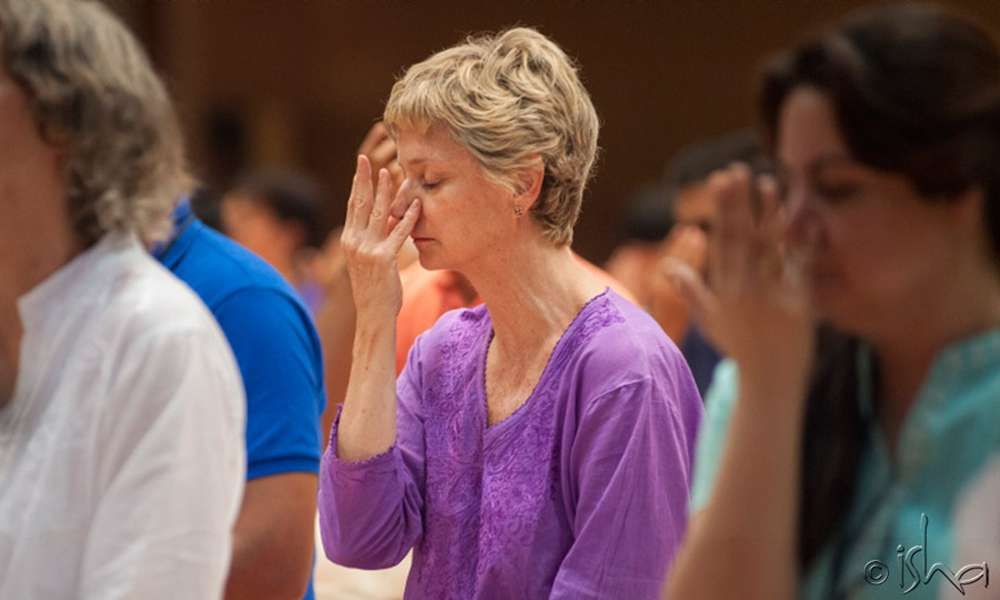Breath Bond
Sadhguru looks at the role of breath, known as the koorma nadi in yoga, and explains that it is more than just the exchange of oxygen and carbon dioxide.

Sadhguru looks at the role of breath, known as the koorma nadi in yoga, and explains that it is more than just the exchange of oxygen and carbon dioxide.
Sadhguru: Breath is not just the exchange of oxygen and carbon dioxide. For different levels of thought and emotion that you go through, your breath takes on different types of patterns. When you are angry, peaceful, happy or sad, your breathe goes through subtle changes. Whichever way you breathe, that is the way you think. Whichever way you think, that is the way you breathe.
The breath can be used as a tool to do many things with the body and the mind. Pranayam is the science where, by consciously breathing in a particular way, the very way you think, feel, understand and experience life can be changed.
Subscribe
If I ask you to watch your breath, which is the most common practice people do these days, you think you are watching the breath, but you are only able to notice the sensations caused by the movement of air. It is like, if someone touches your hand, you think you know the touch of the other person, but actually you only know the sensations generated within your body; you do not know how the other person feels.
Breath is like the hand of the Divine. You don't feel it. It is not the sensations caused by the air. This breath that you do not experience is referred to as Koorma Nadi. It is a string which ties you with this body - an unbroken string that goes on and on. If I take away your breath, you and your body will fall apart because the being and the body are bound by the Koorma Nadi. This is a big deception. There are two, but they are pretending to be one. It is like marriage - they are two, but when they come out they pretend to be one. There are two people here, the body and being, two diametrically opposite ones, but they pretend that they are one.
If you travel through the breath, deep into yourself, to the deepest core of the breath, it will take you to that point where you are actually tied to the body. Once you know where and how you are tied, you can untie it at will. Consciously, you can shed the body as effortlessly as you would shed your clothes. When you know where your clothes are tied, it is easy to drop them. When you don't know where it is tied, whichever way you pull, it does not come off. You have to tear them apart. Similarly, if you do not know where your body is tied to you, if you want to drop it, you have to damage or break it in some way. But if you know where it is tied, you can very clearly hold it at a distance. When you want to drop it, you can just drop it consciously. Life becomes very different.
When somebody willfully sheds the body completely, we say this is Mahasamadhi. This is what is generally referred to as mukti, or ultimate liberation. It is a great sense of equanimity where there is no difference between what is inside the body and what is outside the body. The game is up.
This is something that every yogi is longing for. Consciously or not, every human being is working towards this – they want to expand and this is the ultimate expansion. It is just that they are going towards the infinite in installments, which is a very long and impossible process. If you count – 1, 2, 3, 4 – you will only become endless counting. You will never reach the infinite. When one realizes the futility of this, he naturally turns inwards to do this – by untying the life process from the body.
Editor’s Note: Get the latest updates from the Isha Blog. Twitter, facebook, rss or browser extensions, take your pick.
This article is based on an excerpt from the May 2014 issue of Forest Flower. Pay what you want and download. (set ‘0’ for free). Print subscriptions are also available.


 Program Finder
Program Finder
